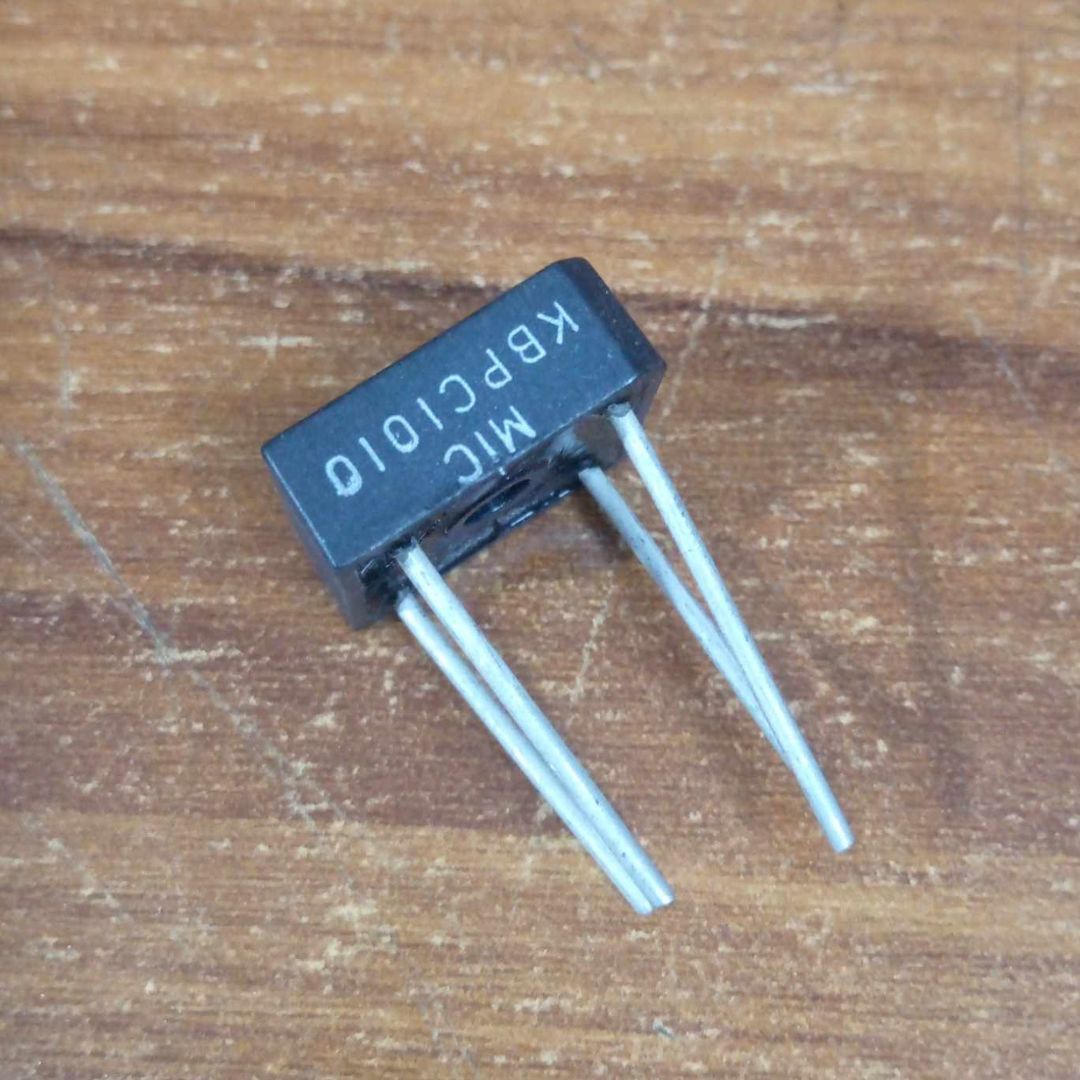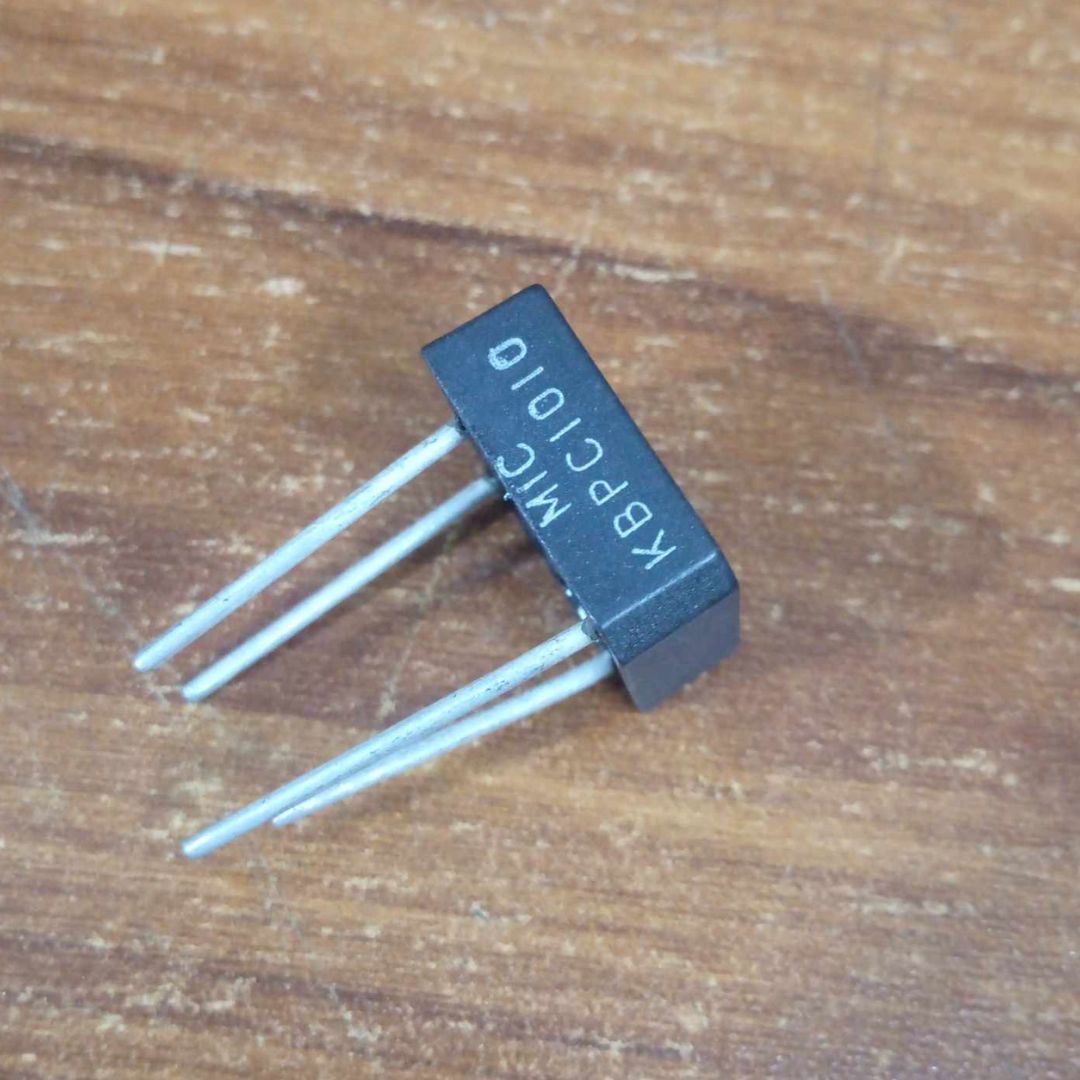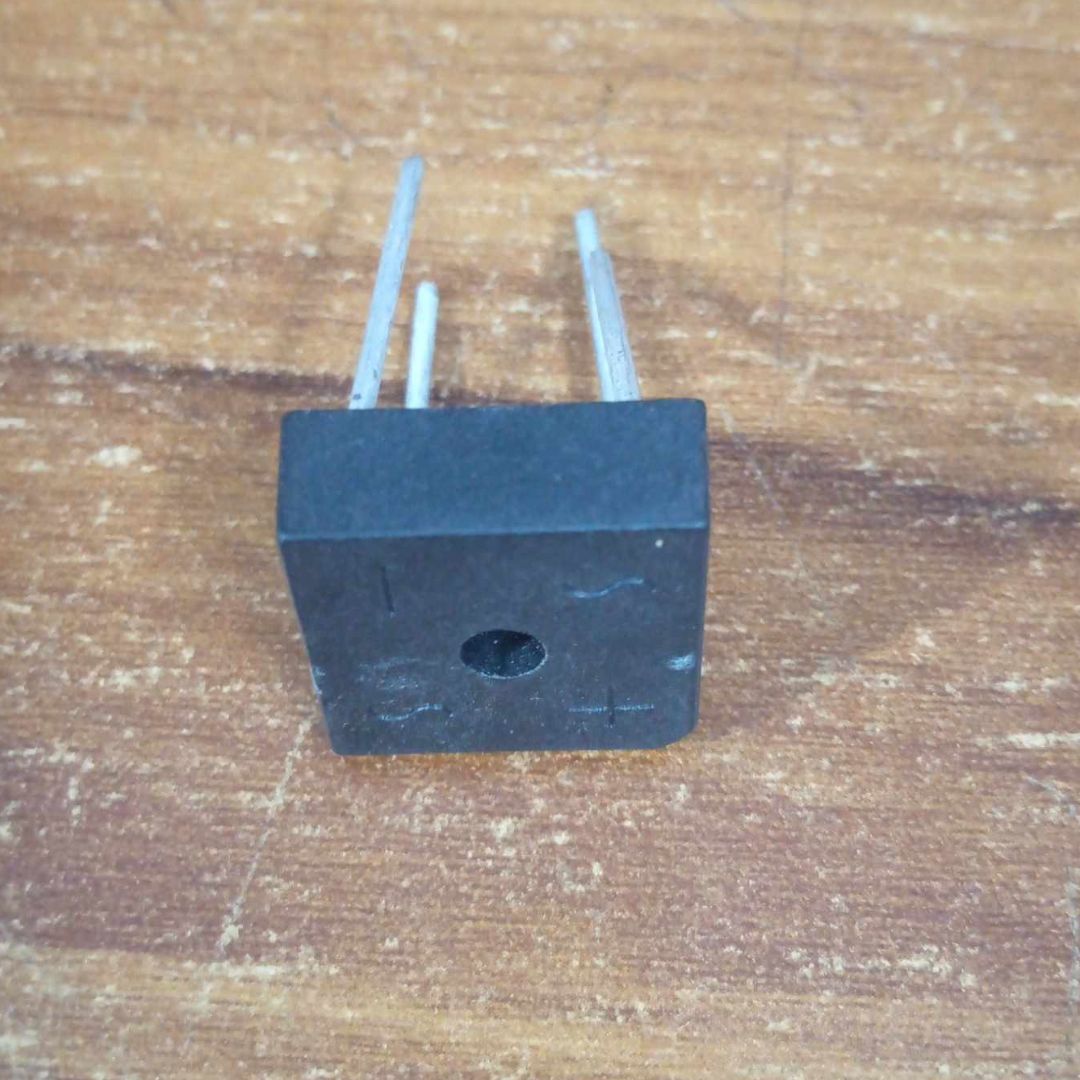Description: 1000V 10A Bridge Rectifier 4 Pin
The GBU series of bridge rectifiers are glass passivated with a range up to 25 A forward current and 600 V or 1000 VRRM. The HY Electronic (Cayman) Limited rectifier family can reach -350 A surge overload and the plastic material has a UL Classification. It can be mounted on the PCB in any position and it transforms Alternating current (AC) into direct current (DC).
Specifications:
- Bridge Type: Single Phase
- Peak Average Forward Current: 10A
- Peak Reverse Repetitive Voltage: 1000V
- Mounting Type: Through Hole
- Package Type: GBU
- Pin Count: 4
- Configuration: Single
- Peak Non-Repetitive Forward Surge Current: 220A
- Maximum Operating Temperature: +150 °C
- Minimum Operating Temperature: -55 °C
- Peak Forward Voltage: 1V
- Peak Reverse Current: 500µA
- Junction Capacitance: 60pF
- Dimensions 22.3 x 3.56 x 18.8mm
Customer Questions and answers :
Login to ask a question

 Trending Store
Trending Store  Quick Commerce
Quick Commerce  Grocery
Grocery  Electronics & Appliances
Electronics & Appliances  Health & Beauty
Health & Beauty  Home & Living
Home & Living  Mother, Baby & Toys
Mother, Baby & Toys  Sports, Fitness & Outdoors
Sports, Fitness & Outdoors  Fashion
Fashion  Automotive & Motorcycles
Automotive & Motorcycles  Special Weekly Offer
Special Weekly Offer  Stationery, Books & Music
Stationery, Books & Music  Garden & Pet Care
Garden & Pet Care  Trending Store
Trending Store  Quick Commerce
Quick Commerce  Grocery
Grocery  Electronics & Appliances
Electronics & Appliances  Health & Beauty
Health & Beauty  Home & Living
Home & Living  Mother, Baby & Toys
Mother, Baby & Toys  Sports, Fitness & Outdoors
Sports, Fitness & Outdoors  Fashion
Fashion  Automotive & Motorcycles
Automotive & Motorcycles  Special Weekly Offer
Special Weekly Offer  Stationery, Books & Music
Stationery, Books & Music  Garden & Pet Care
Garden & Pet Care 



